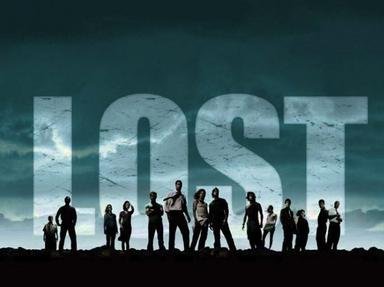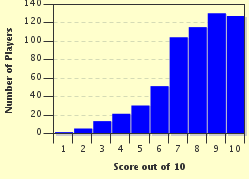Quiz Answer Key and Fun Facts
1. More than one book by Lewis Carroll was referenced on the show. Besides the numerous white rabbits appearing throughout the series, one of the DHARMA stations alluded to Carroll's stories about a young girl named Alice. Which station connects to these works to the show?
2. The Lamppost is a major setting in this book series as it acts as a way-marker for the main characters, the Pevensies, to find their way home. Coincidentally, Charlotte Staples Lewis, one of the people sent from the freighter in season 4, shares her initials and last name with the author of what children's book series?
3. The last novel completely finished by Charles Dickens, what book was also the last one Desmond ever wanted to read?
4. In season 2, Desmond made specific note of this Henry James ghost story, behind which Locke and Jack would find the DHARMA orientation tape missing a reel. What was this specific book?
5. "LOST" writers Damon Lindelof and Carlton Cuse claimed to be heavily influenced by the works of Stephen King, many of which parallel events in the show. One King book about a telekinetic teenager made an appearance at a book club gathering in the DHARMA town in the season three premiere, but which book was it?
6. An L. Frank Baum classic, this children's book was alluded to by a hot air balloon and several episode titles (including "The Man Behind the Curtain"). What book did "LOST" borrow from here?
7. A Dickens classic through and through, this book served as the title of the third season premiere and reflected the binary between 'The Others' and the Oceanic survivors. What book is this?
8. Throughout the series, Sawyer is typically seen with a book in his hands, even on the beach. One of his many reads was a book by Madeleine L'Engle notable for its fantastical leaps through space and time and an evil, dark cloud of smoke known as The Black Thing. What book is this?
9. In season 6, Sawyer admits that this John Steinbeck novel set in the Great Depression is his favourite book. Which novel, featured in "Every Man for Himself" (in season three) would this be?
10. It might have been the boars tipping you off to this William Golding read or it may have been the savage jungle imagery. Regardless, what 1954 novel was alluded to heavily in the show's first season?
Source: Author
kyleisalive
This quiz was reviewed by FunTrivia editor
Gamemaster1967 before going online.
Any errors found in FunTrivia content are routinely corrected through our feedback system.

